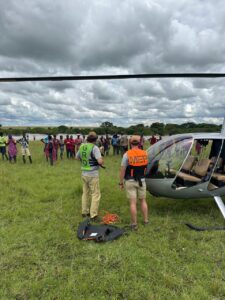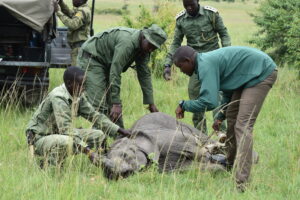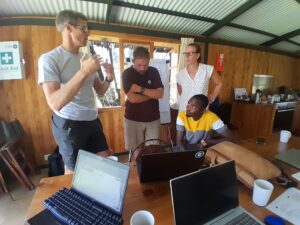In the first eight years of operation, Mara Elephant Project focused on securing the greater Mara ecosystem by increasing the protection for wildlife, like elephants, communities and habitat. Beyond expanding our core operations in the Mara ecosystem to areas like the Mau and Loita where protection is needed, we’ve also recently expanded to the Shimba/Mwaluganje ecosystem. This area near the Kenyan coast, south of Mombasa, has been hit hard by poaching and continues to see high levels of conflict. The challenges seen in this area are similar to what MEP saw in the Mara in 2011 when we began operation.
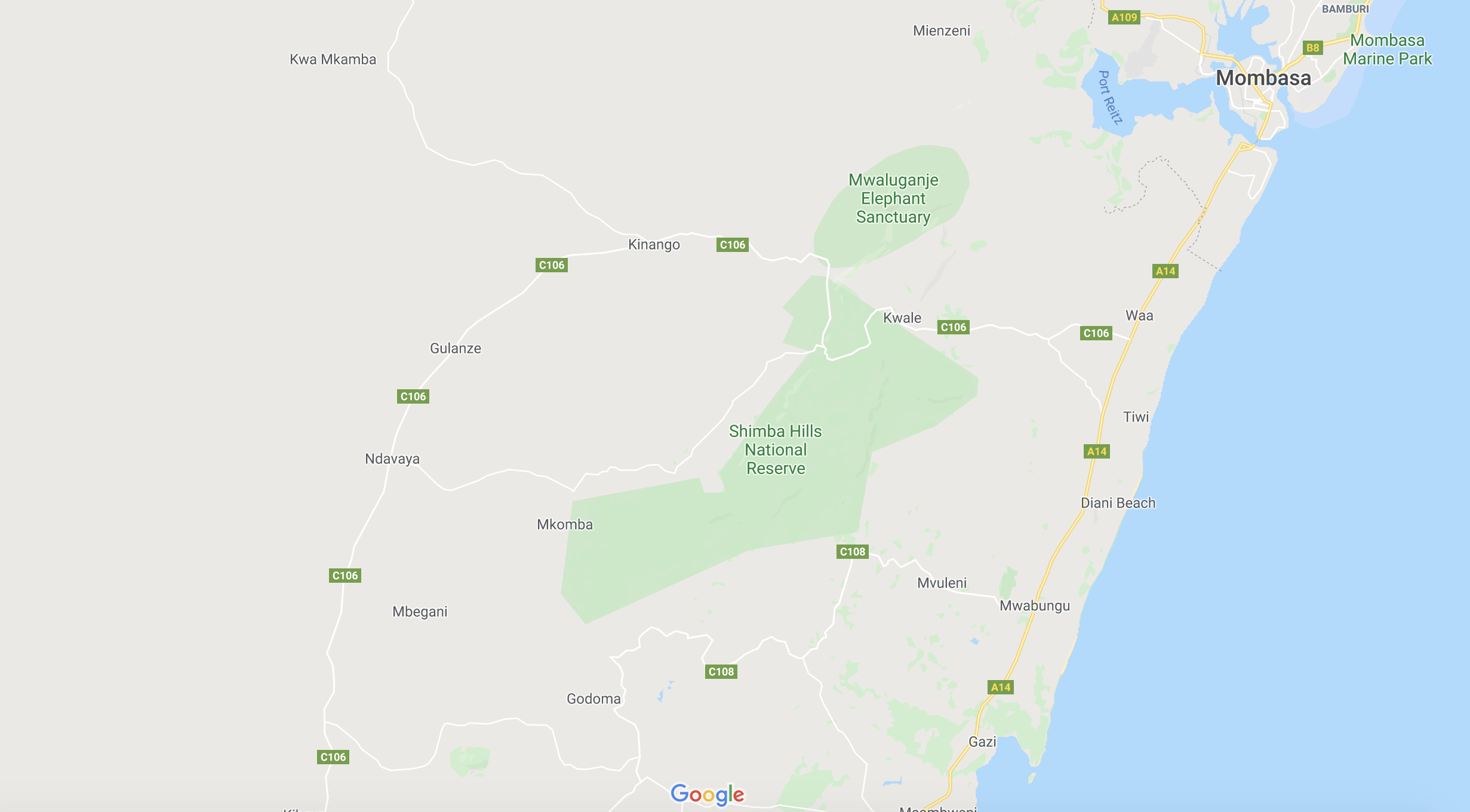
Google Maps illustrating where Shimba Hills National Reserve is located.
The Mwaluganje Elephant Sanctuary is a conservation area for elephants to the north Shimba Hills National Reserve which was the first community conservancy in Kenya and provides a critical dispersal area for elephants. It supports threatened lowland coastal forest which contains a rich diversity of flora and fauna including several rare and endemic species. It also serves as one of only three coastal refuges for elephants in Kenya and is an important water catchment area for wildlife and the local communities. According to Kenya Wildlife Service, the Shimba Hills National Reserve is one of the largest coastal forests in East Africa and hosts a number of rare and endemic species including the golden-rumped elephant shrew, the flagship sable antelope, and over 159 endemic tree species.
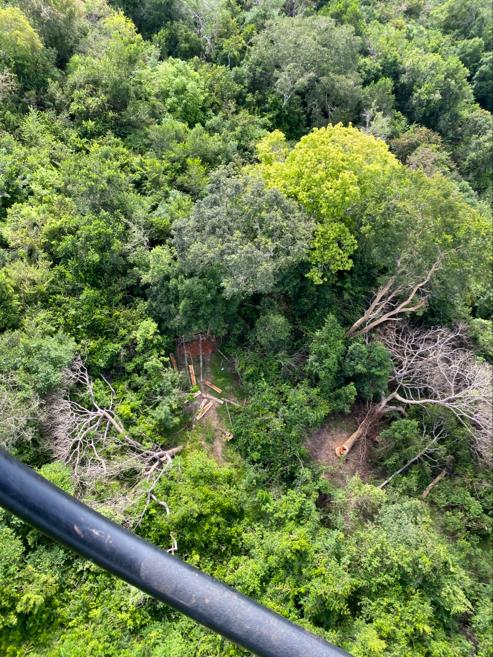
Illegal logging sites seen during aerial reconnaissance in the Karen Blixen Camp Trust helicopter.
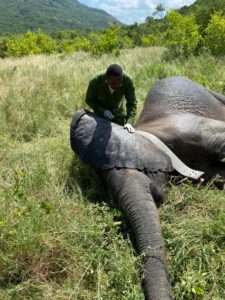
During aerial patrols conducted in January with Kenya Wildlife Service (KWS) using the Karen Blixen Camp Trust 5Y-MEP helicopter in Shimba Hills National Reserve, there was evidence that poaching is still an issue in this part of Kenya and reiterates the need to start a rapid response team in that area. The Shimba elephants were badly affected by poaching in the last decade and little is known about their current distribution and range, which is why at the request of KWS, MEP deployed two collars in January in the area; one on a female elephant and the other on a male (pictured left). These two collars will help give MEP and KWS an idea as to where these elephants are traveling and how they are using the ecosystem. The collaring operation and all subsequent monitoring of these two elephants was done in collaboration with the Kenya Wildlife Service and supported by generous MEP donors.
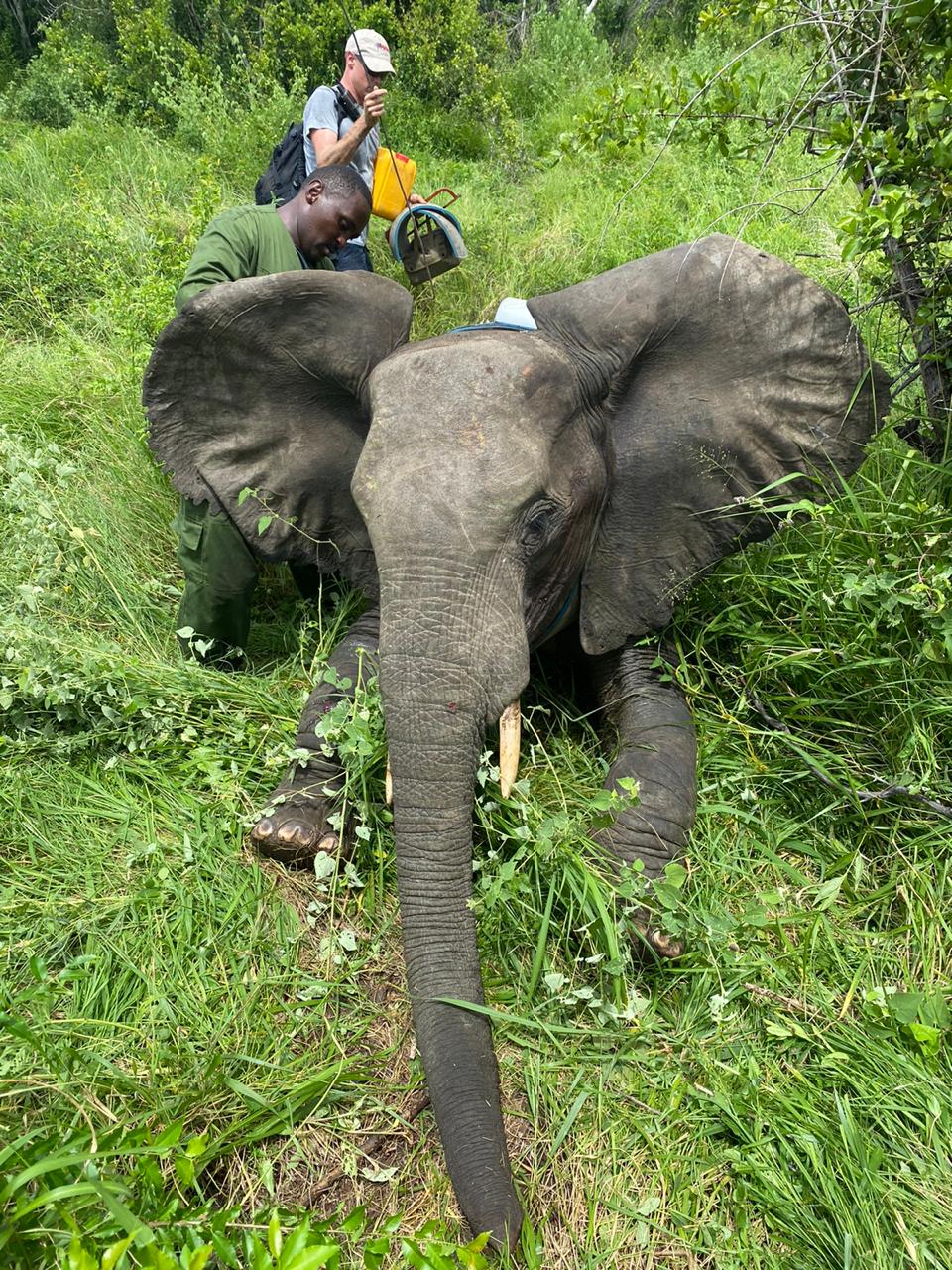
Dr. Jake Wall and KWS Veterinarian Dr. Michael Njoroge in Shimba Hills collaring the female candidate in early January.
So far evidence suggests that a permanent rapid response unit is needed in this area deploying the MEP Method of protecting wildlife, communities and habitat. While we gather the necessary movement data from Gina and Dicki, we will continue to garner support for establishing this MEP ranger team and possibly collar more elephants in this threatened area.
